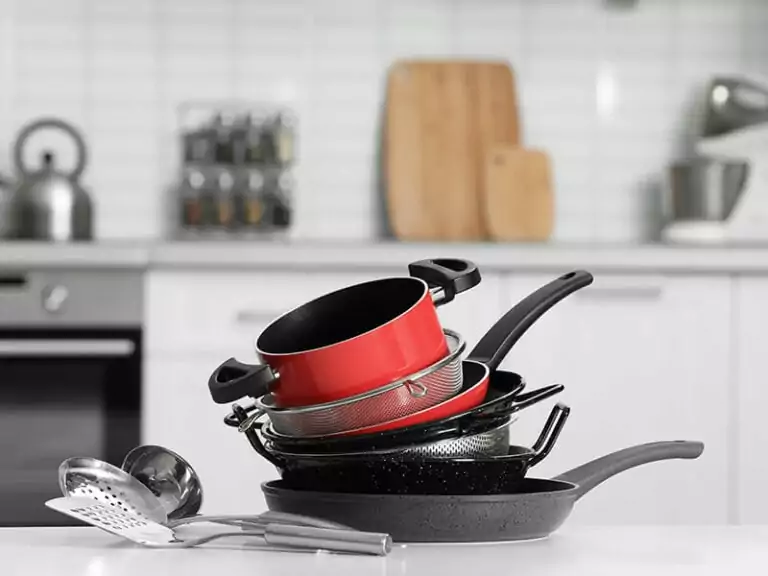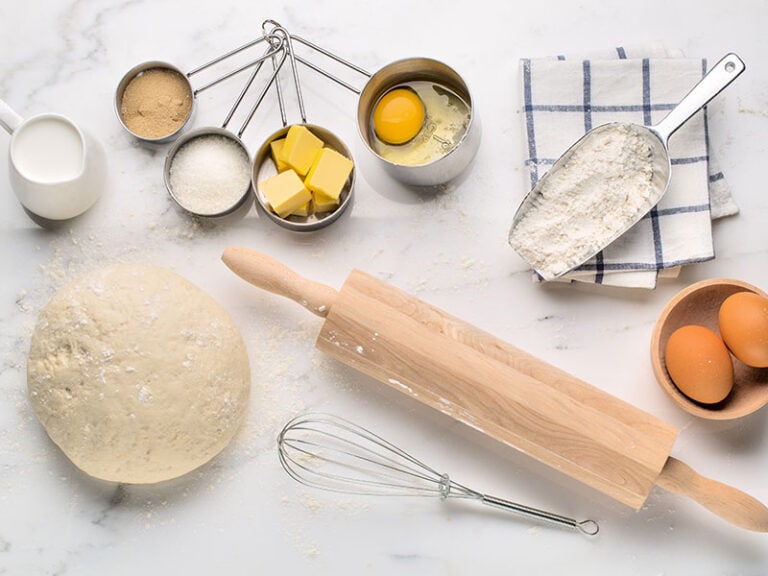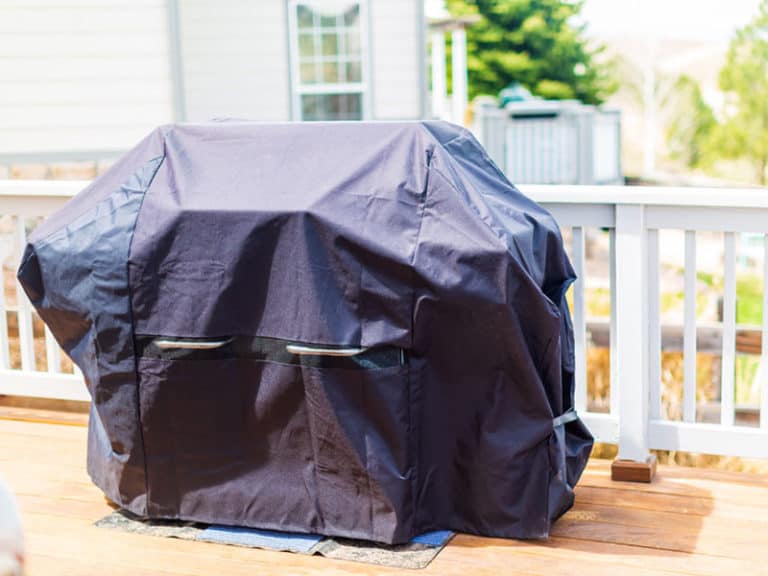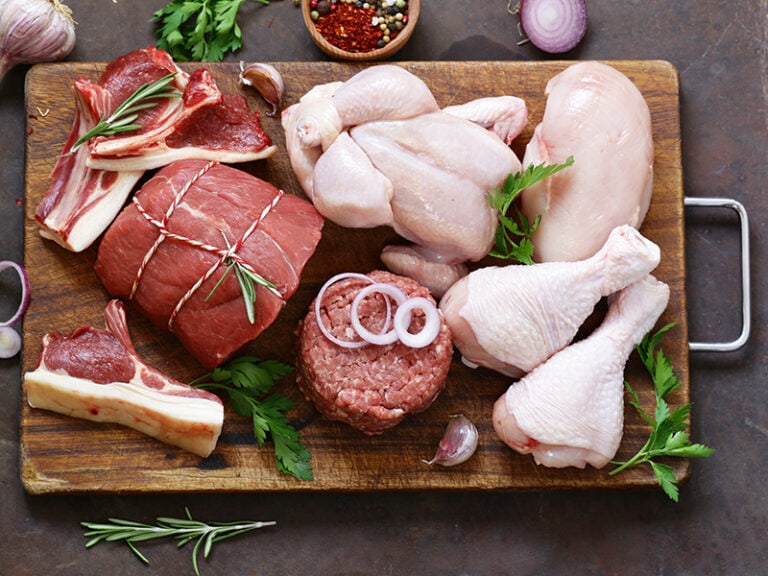Brewer’s yeast and active dry yeast are stars in your kitchen. While brewer’s yeast is favored in fermenting beverages, active dry is a familiar name in bread making. But there is more behind the curtains. Have the thought of using them interchangeably come across your mind?
If that is the case, it would be wise to know their similarities and dissimilarities before making a bold move. Even when your answer is no, stay tuned because learning how to differentiate these yeast is good for your baking career.
Are you ready to discover the ins and outs of your favorite yeasts to help perfect your next bake and brewing? Below, I got you all covered, from their characteristics and usages to shelf life and everything you need to know to answer “when, where, and how to use” these yeasts.
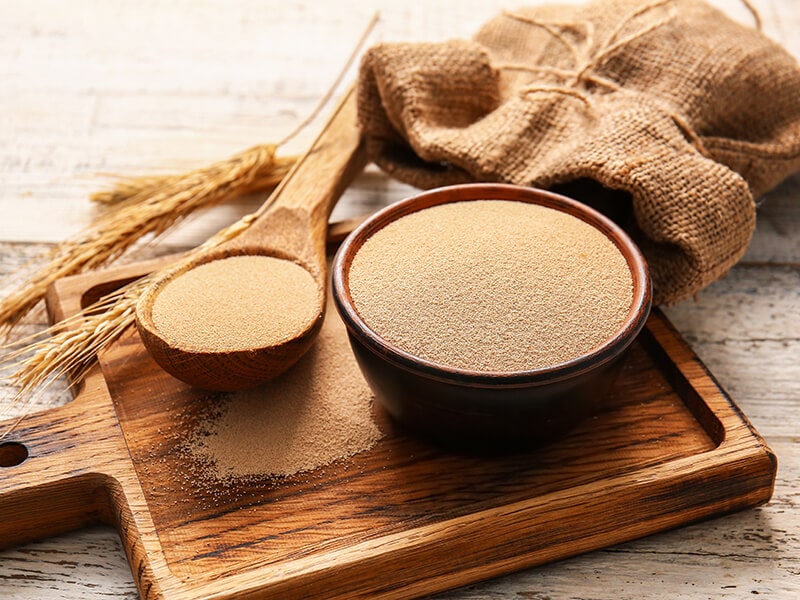
A Brief Review About Brewer’s Yeast
Brewer’s yeast is one of the two yeast coming up in this discussion today. As you read, you will find out the nature of this yeast, its common types, and more helpful information for subsequent brewing.
Characteristics Of Brewer’s Yeast
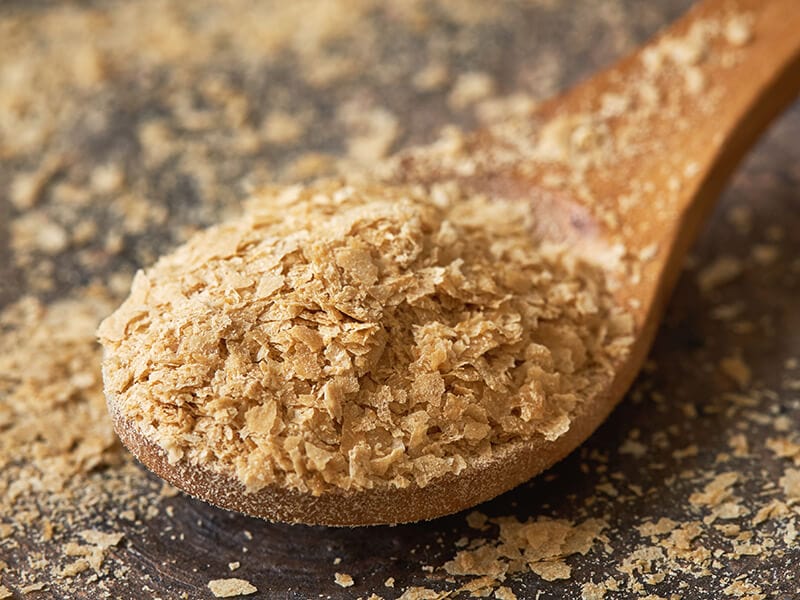
Brewer’s yeast, or beer yeast, is a member of Saccharomyces cerevisiae. This single-celled fungus has been essential in producing carbon dioxide gas and alcohol. To my surprise, this yeast is a by-product (dead cells) of beer production or can be grown in a nutrient broth.
For years, brewer’s yeast has charmed people in the roles of both a food additive and dietary supplement. That’s why it’s easy to find brewer’s yeast at any health food store and drugstore. There are different forms of brewer’s yeast in the market, from powder and flakes to liquid.
Though powders are more affordable than tablets, the granule form contains higher nutrient content. Brewer’s yeast works better without additives or fillers, so go with the most authentic ones. Don’t forget to scan the packaging list to see if it has the necessary nutritional figures.
Discover the science of the uses of brewer’s yeast in making beer.
Common Types
Little do you know, regarding brewer’s yeast types, the spotlight has been on ale yeast and lager yeasts since they are more commonly utilized. However, there is another hidden gem waiting for you to find out.
Ale Yeast
Ale Yeast ferments at 68°F, an ideal temperature. Plus, these strains are known as clean fermenters with different flavors compounds. Ale yeast is suitable for making fruity beer since it generates a high amount of esters and fusel alcohol.
Thus, people often use it to produce ales, porter, stouts, and beers. Suspringsly, there are about 180 – 200 ale yeast strains, with different advertised fermentation characteristics to suit any customers’ needs.
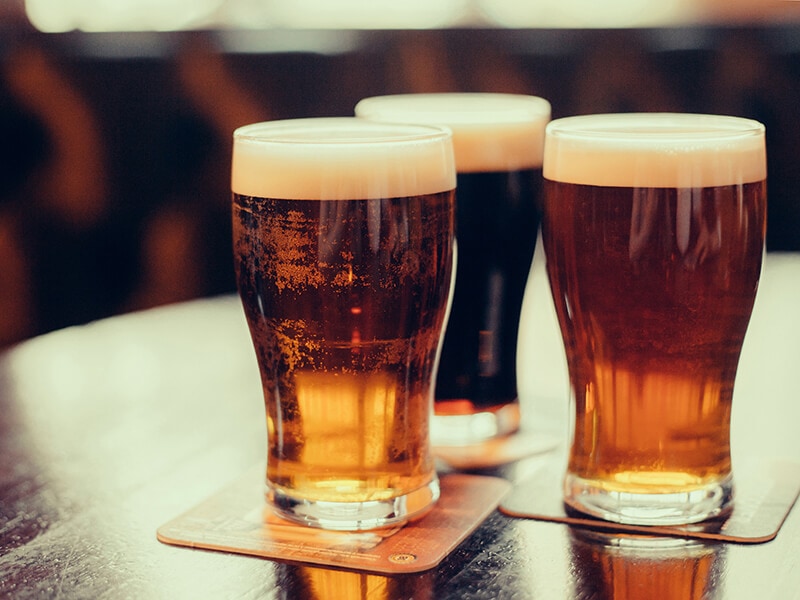
Lager Yeast
Since lager yeast is available in 90% of beer products worldwide; chances are that you have encountered this strain the most in daily life. This bottom-fermenting yeast is preferable in making pilsner or lager-style beers because of its low-temperature tolerance, about 50 – 55°F.
The interesting thing about lager yeast is it comes from Saccharomyces uvarum, a different species from its siblings.
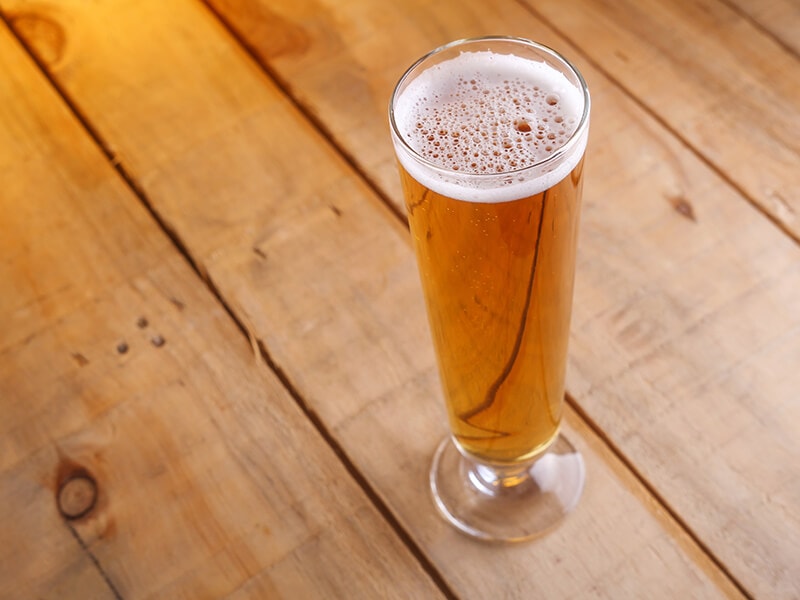
Belgian Yeast
These yeasts bring out fruity notes and phenol-forward flavors. Due to its high alcohol tolerance, this type of yeast is a solid choice for brewing Belgian beers, such as blondes, browns, or saisons.
Though Belgian wit beers can be made with traditional lager yeast, it won’t deliver the same clove, esters, and fusel alcohol flavors as the original Belgian strains.
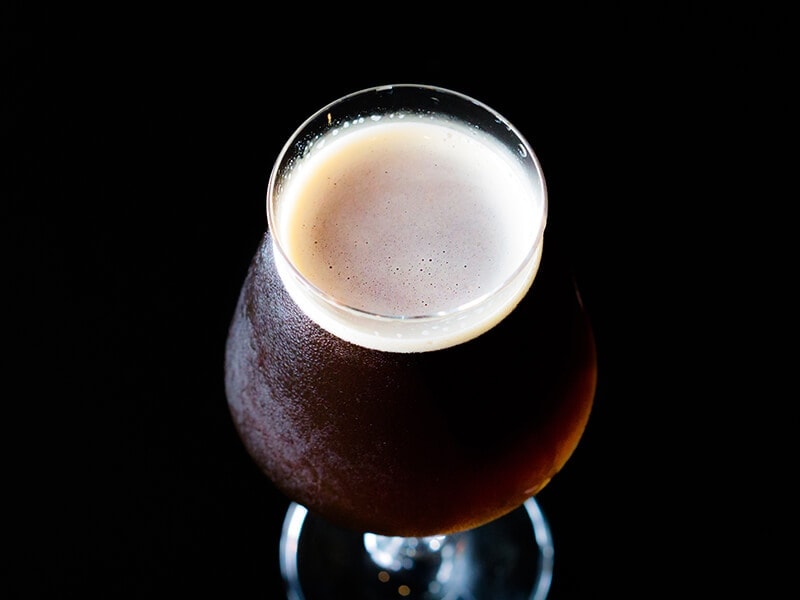
Wheat-Beer Yeast
Compared to the three mentioned yeast, this type is less well-known. Wheat-beer yeast is a low flocculation strain, resulting in a cloudy or hazy finished beer. Thanks to its distinct flavor, this yeast is responsible for producing hefeweizen (a German-style beer).
Brewer’s Yeast Vs. Nutritional Yeast
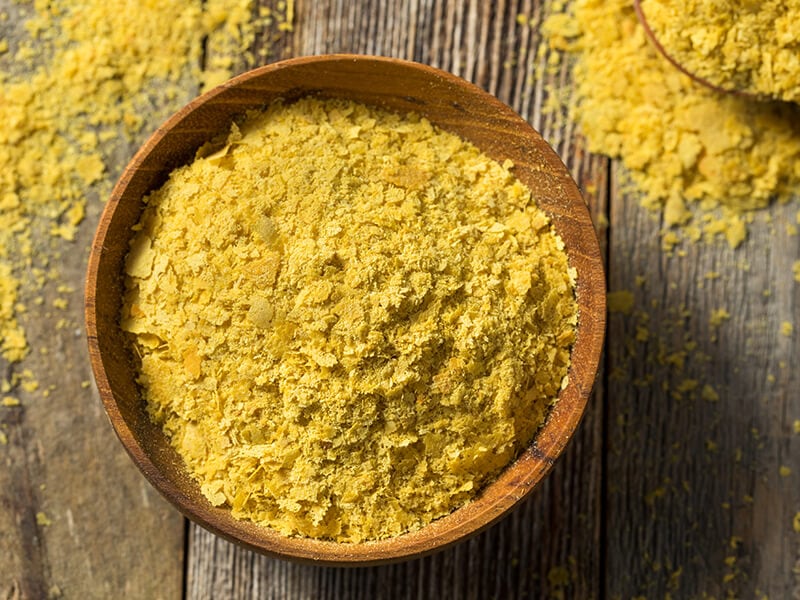
Nutritional yeast shares many similarities with brewer’s, so people often think they are identical. They indeed have many of the same nutrients. However, the making of nutritional yeast differs from its sibling since it’s naturally grown on sugar beets, blackstrap molasses, and whey.
Another criterion worth noticing is the flavor. Unlike the bitterness of brewer’s yeast, nutritional yeast has a pleasant savory taste that resembles cheese. Because of the cheese-like flavor, this type of yeast is a great alternative for creamy sauce or parmesan on vegan recipes.
Join me and break down nutritional and brewer’s yeast differences.
Let’s Talk About Active Dry Yeast!
It’s time active dry yeast takes the central stage. Like other baking yeast siblings, you already know that this yeast shines the most in the bread world. But there are more lesser-known facts about it. Stay tuned to find out!
A Thing Or Two About Active Dry Yeast
As mentioned earlier, active dry yeast originated from the same fungus used to make brewer’s yeast. During production, active cells are partly dehydrated to halt the fermentation process. Thus, this microorganism is commercially sold in powder or flake forms, in packets or glass jars.
By the look of it, it’s a granular substance and resembles cornmeal. Since active dry yeast is dehydrated, it requires proofing steps before mixing with other ingredients. When activated in water, it will form a frothy and foamy mixture with a little wheat or beer aroma.
On a side note, a packet of active dry yeast is approximately 7 grams, equal to 2 ¼ teaspoons (11ml). Typically, bread making only costs around one yeast packet at a time, so if you don’t have measuring tools, use this package size for more convenience.
Note that this yeast has an expiry date, so check the label carefully before making your dough. Otherwise, you may waste time making another batch.
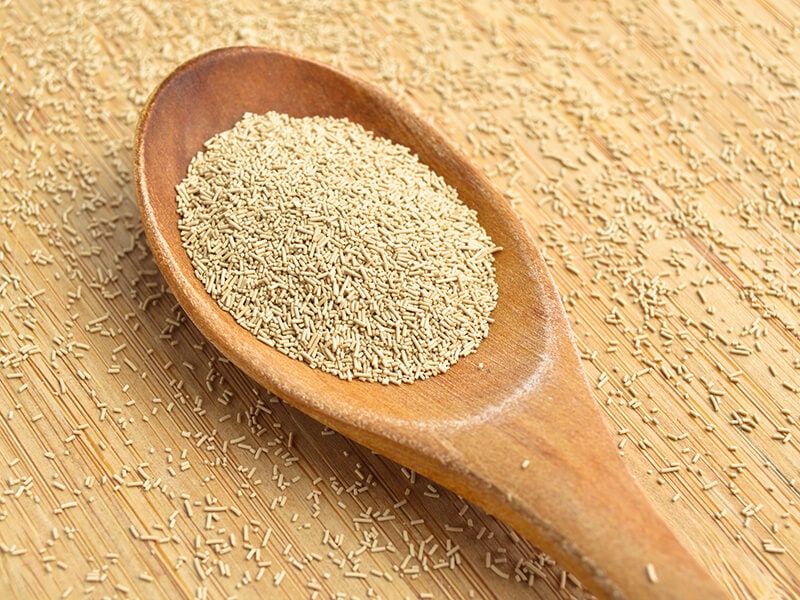
Brewer’s Yeast Vs. Active Dry Yeast – Spot The Differences
Although coming from the same root, active dry yeast and brewer’s yeast still maintain their unique characteristics. The chart below shows comparisons between these two strains in many aspects. Can you spot the key differences between them?
Flavors
In terms of flavors, active dry yeast has a mild yeasty, and nutty flavor, similar to other baker’s yeast types. Besides, this type of bread yeast also has an airy and light texture.
Meanwhile, brewer’s yeast is famous for its distinctive bitter taste. The reason behind its bitterness is due to the isomerized α-acids formed from hop during the beer-brewing process. These substances seep into the yeast cells, resulting in the unique taste of brewer’s yeast.(1)
Proofing Requirement
One of the most significant differences between these two items is the requirement for proofing, a preparation step to check the viability of the yeast. While bakers can add brewer’s straight in with other dry ingredients, it’s necessary to prove active dry to avoid a failed dough.
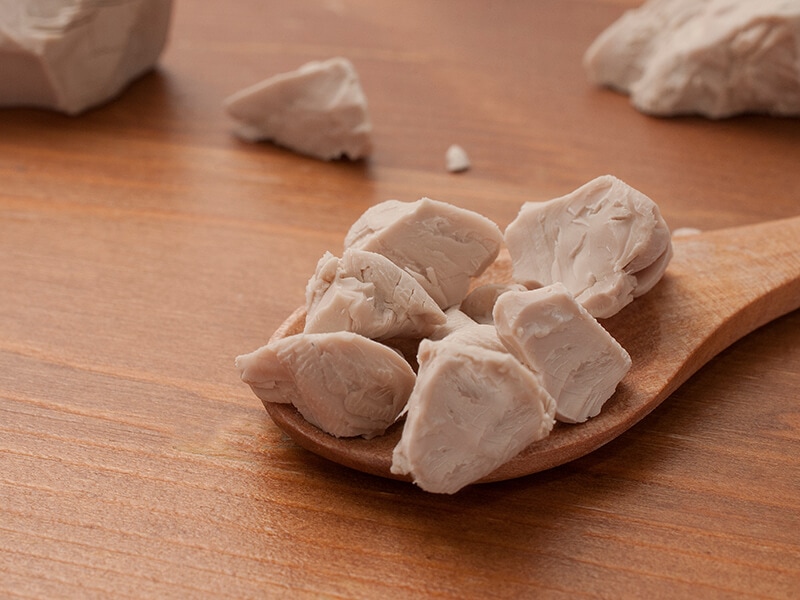
By-Products
These two items originate from the same Saccharomyces cerevisiae family. They have similar operation mechanisms when converting sugar into carbon dioxide and alcohol. However, the differences lie in their by-products.
In particular, brewer’s yeast produces high concentrations of carbon dioxide and alcohol. On the other hand, active dry yeast creates a vast amount of carbon dioxide with limited alcohol.
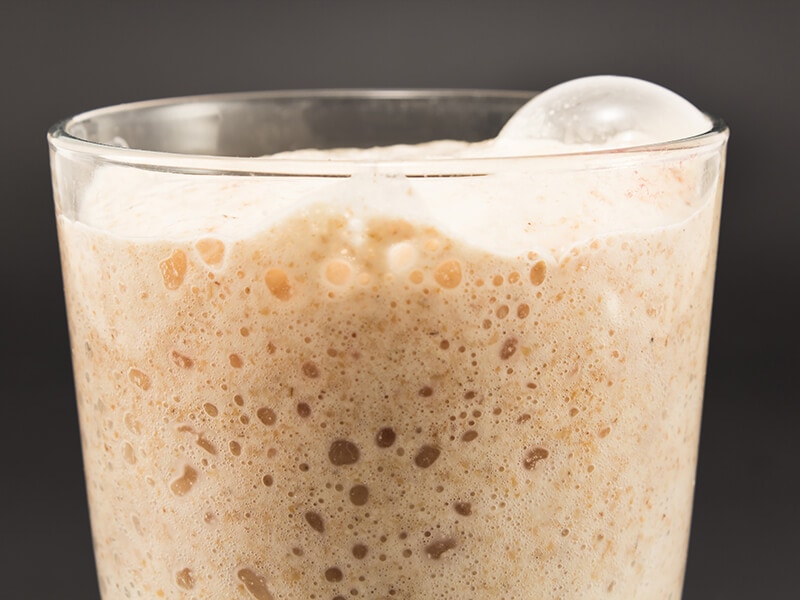
Usages
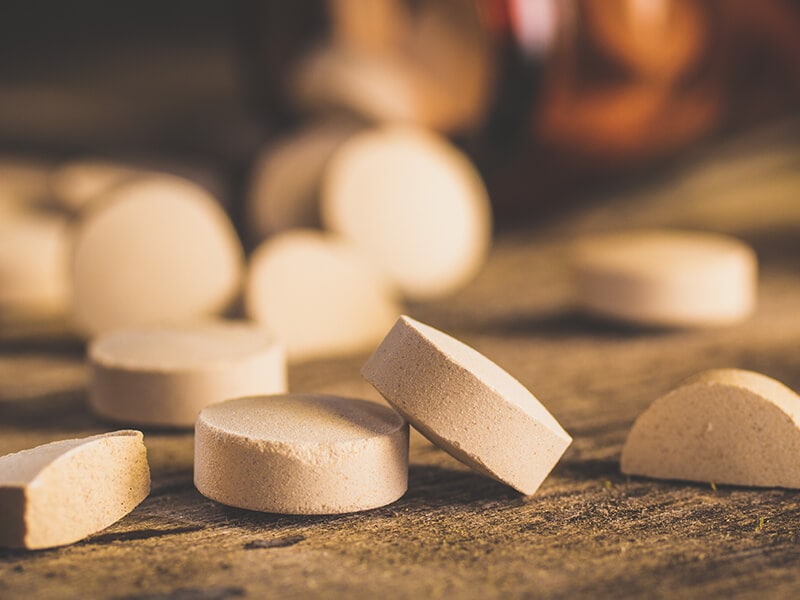
Regarding similarities, both play a massive role in the bread world. While active dry yeast is the most easily-used ingredient for home baking, brewer’s yeast should be in the hands of professional bakers. It has a higher moisture level and shorter shelf life.
Meanwhile, brewer’s yeast is also essential in beer making and responsible for producing high-quality alcoholic beverages. Besides the culinary uses, it’s also a dietary supplement and a good source of minerals, including proteins, selenium, vitamin B, and others.
Most noticeably, this brewing yeast is an ideal source of chromium, an important mineral that helps enhance insulin activity and lowers blood sugar levels. This yeast even features in the production of enzymes and vitamins.
Check out the benefits of brewer’s yeast, and you will want to buy one immediately.
Nutritional Value
Regarding nutritional value, it’s a win for brewer’s yeast. Generally speaking, though active dry is lower in calories and higher in dietary fiber content, brewer’s is a more beneficial yeast for you since it’s rich in protein, vitamins, and other minerals.
Thus, it’s no wonder that many people appreciate brewer’s yeast uses in the medicinal field since it’s a powerhouse of minerals. These strains are high in B-complex vitamins, chromium, selenium, and more.
Shelf Life
Brewer’s yeast is available in fresh and dry forms. Each type has a different expiration date. The fresh ones can stay good under cool temperatures within 7 to 10 days once opened. Meanwhile, dry brewer’s yeast has 12 – 18 months of shelf life under appropriate storage.
Regarding active dry yeast, its shelf life varies based on the packaging. Specifically, dry yeast in packets will be alive for up to 2 years. You should proof the yeast before baking when it’s close to expiry to ensure it’s still active.
Conversely, if you use the jarred yeast, proper storing in the fridge after opening will help it last for four months. Keep it in the freezer to extend the shelf life, and the yeast will survive within six months.
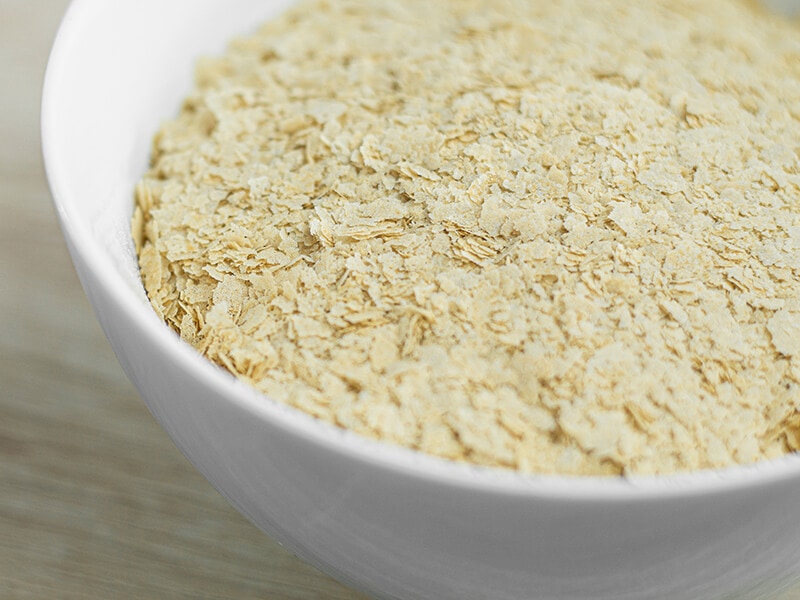
Interchangeability
The most common question for these two is whether they can be substitutes for each other. It’s hard to give a proper answer in a few sentences, so read on to go into details.
Baking
Baking-wise, you’re free to use them interchangeably in recipes. However, there may be a minor modification about the amount when you choose brewer’s yeast. Be sure to double the brewer’s yeast amount when using it to replace active dry yeast.
Noticeably, ale yeast is favorable among brewer’s varieties since it takes a while for the lager to produce enough carbon dioxide. The only issue here is that its bitter and harsh flavor may negatively influence your baked goods, making them also have a bitter taste.
Brewing
Similarly, using active dry yeast to produce alcohol is possible as long as you’re fine with the mild zesty flavor of the finished beer. Since active dry yeast doesn’t have a vividly zesty kick as its sibling, using it to ferment beer can lead to undesirable off-flavor.
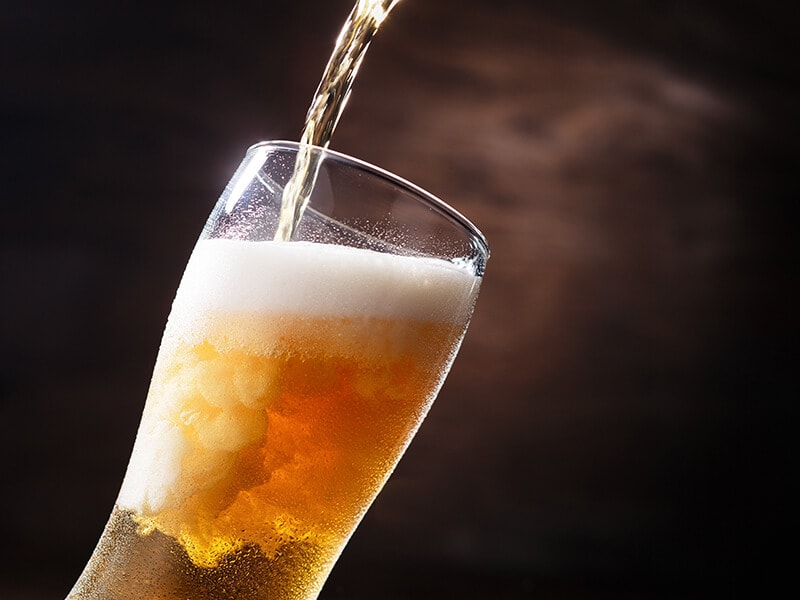
How To Activate Active Dry Yeast
Since this living organism stays dormant during commercial production, proofing or activating it will wake the yeast to continue its job. Another benefit of proofing is to test whether your yeast is active or inactive.
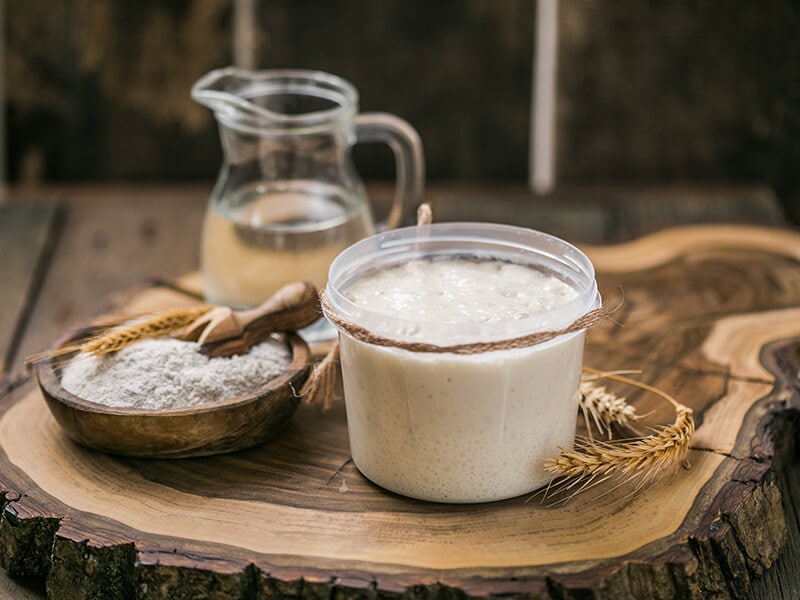
Ingredients
You don’t need fancy gadgets to activate the yeast. Only a few simple ingredients and the result will display for several minutes. Ensure you’ll get all the items below:
- 1 teaspoon of sugar
- 1 packet of active dry yeast
- Warm water (105°F – 110°F/ 40°C – 43°C)
- 1 bowl or container
Step-By-Step Instruction
It is necessary to dissolve active dry yeast if you don’t want your recipe to fail. But first of all, the best way to save your dough is to check the expiration date on the package and then carry on to the next steps.
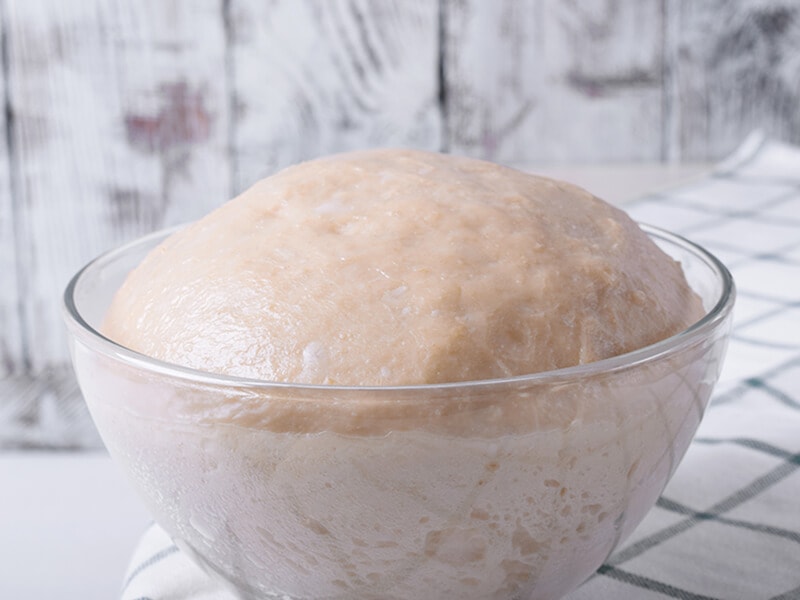
Step 1: Check The Temperature
Yeast is perishable due to the temperature, so ensure your water has reached the correct heat. Too hot or too cold temperatures will lead to unwanted results. Test the heat with a thermometer or your wrist. If the water feels warm but not too hot on your wrist, it’s ready to go.
Step 2: Mix Things Up
Pour the water into a small bowl or container, then add sugar and yeast. Whisk the mixture until all the ingredients combine into one. For your information, sugar is yeast’s main primary food; thus, it speeds up the process.
Step 3: Let It Stand
Allow the mixture to sit for five to ten minutes. After waking up, the yeast will consume the sugar and produce carbon dioxide. Therefore, a thin layer of fuzzy bubbles on the surface is a sign to show that your yeast is alive. In contrast, if nothing happens, your yeast is no longer viable.
Want to know if your active dry yeast is still alive? The answer is proofing it, and here is how to do it.
Tips When Using Brewer’s Yeast And Active Dry Yeast
There are reasons many bakers are afraid of using yeast in their recipes. Yeast is a tricky ingredient, but the more you learn about it, the easier it seems. Note down the tips below to make the next perfect bake or brewing.
- Whether your yeast comes in jars or packets, it’s best to freeze it for ultimate freshness. Don’t worry about its survivability because the low temperature has no adverse effects on your yeast.
- If active dry yeast is unreachable at the time, swap it with other available types. Note down this ratio: 1 teaspoon active dry yeast = ¾ teaspoons instant yeast = 2 teaspoons fresh yeast = ¾ teaspoon bread machine yeast.
- As I mentioned earlier, brewer’s yeast is a beneficial supplement to promote milk supply. However, overusing it can lead to bloating, headaches, or excessive gas. The safe dose is 1 – 2 tablespoons a day, or 500 mg daily for 12 weeks during diarrhea treatment(2)
- Due to its nutrient-richness, many see brewer’s as an alternative medicine for disorders. Yet, individuals can be allergic to this yeast. Consult with the doctors first, or stop using it if you see signs of chest pain, tightness, and more.
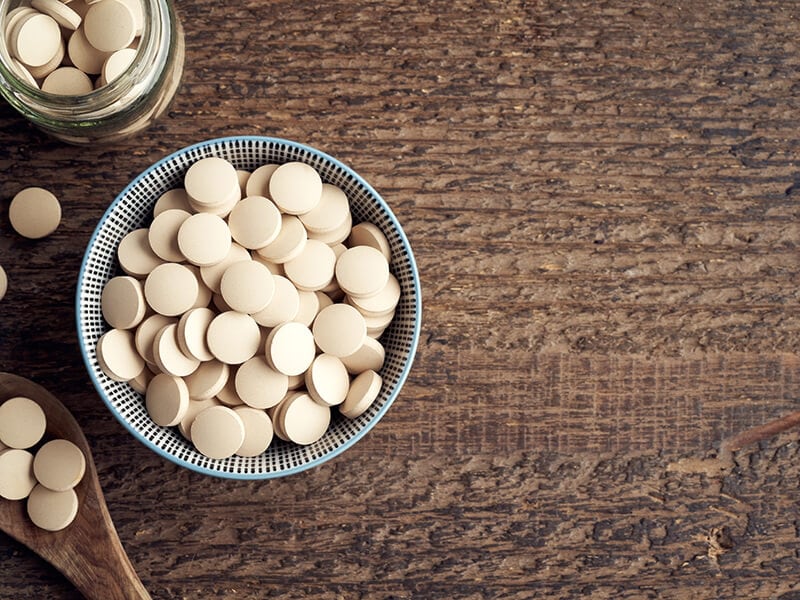
Give These Brewer’s Yeast And Active Dry Yeast Recipes A Shot!
Who wouldn’t want some leavening agents to make their bread fluffy? Despite its bitter taste, even brewer’s yeasts are a favorite item in many lactations baked goods. Therefore, what are you waiting for? Open the fridge, grab your yeast, and get into the business immediately.
1. Strawberry Banana Lactation Smoothie
This strawberry banana lactation smoothie is another recipe to boost new moms’ milk supply. Apart from brewer’s yeast, there are other delicious yet nutritious galactagogues such as oats and flax seeds. Best of all, you only need 5 minutes to whip this smoothie up.
2. Lactation Oatmeal Flax Banana Bread (Gluten-Free)
Oatmeal and brewer’s yeast are a powerful duo for breastfeeding, and it’s evident in this lactation banana bread. Double or even triple this recipe since the bread will stay good for up to 3 months in the freezer. Take two slices daily, and you will see an increase in the milk flow.
3. Homemade Bagels
Nothing can beat deliciously fresh-baked homemade bagels and bacon to welcome a new day. Interestingly, you’ll boil and bake the bagels afterward. It may sound complicated, but all the effort pays off when you get the first bite of this soft-and-chewy goods.
4. Cafe Du Monde Beignets (French Squared Fried Pastries)
This homemade version of the famous Cafe Du Monde beignets will spoil your palate on the first try. To save time, you can prepare the dough from the night before. Plus, mark my words: don’t wear dark clothes once enjoying beignets because the powdered sugar will mess you up a bit.
FAQs
It wouldn’t hurt to learn one or two things more about brewer’s yeast and active dry yeast. Check out the extra information below to see if there is any unsolved question you might need.
Brewer’s Yeast Vs. Active Dry Yeast – What’s Your Choice?
Active dry yeast and brewer yeast are different but can be substituted when needed. As an adventurous home cook, be bold and use them interchangeably sometimes to see how far things turn out.
Besides, once you finish baking, sealing your yeast tightly and storing it in a cooking place will keep it fresh for the next bake or brewing. If you have more great tips about these types of yeast, please comment to share your knowledge with other readers and me.
Also, I would be grateful if you introduce this post to more baker aficionados. Maybe some of them are struggling with these microorganisms, and you will be their hero. While waiting for my updates, check out other fantastic content on this website. See you later!
References
- Jaeger, A. et al. (2020) Brewer’s spent yeast (BSY), an underutilized brewing by-product, MDPI. Multidisciplinary Digital Publishing Institute.
- Brewer’s yeast uses, benefits & dosage – drugs.com herbal database (no date) Drugs.com.


